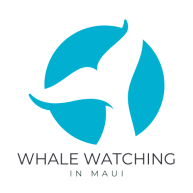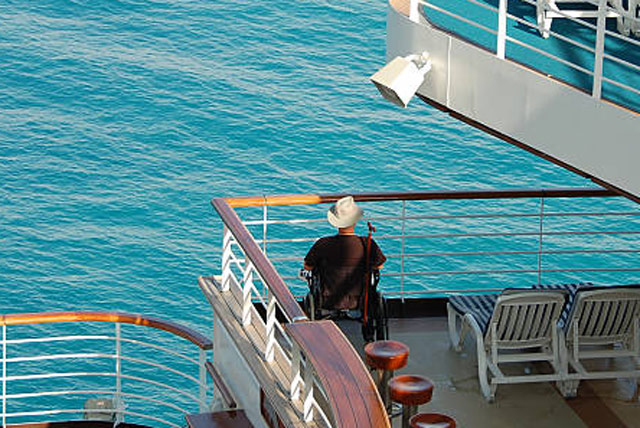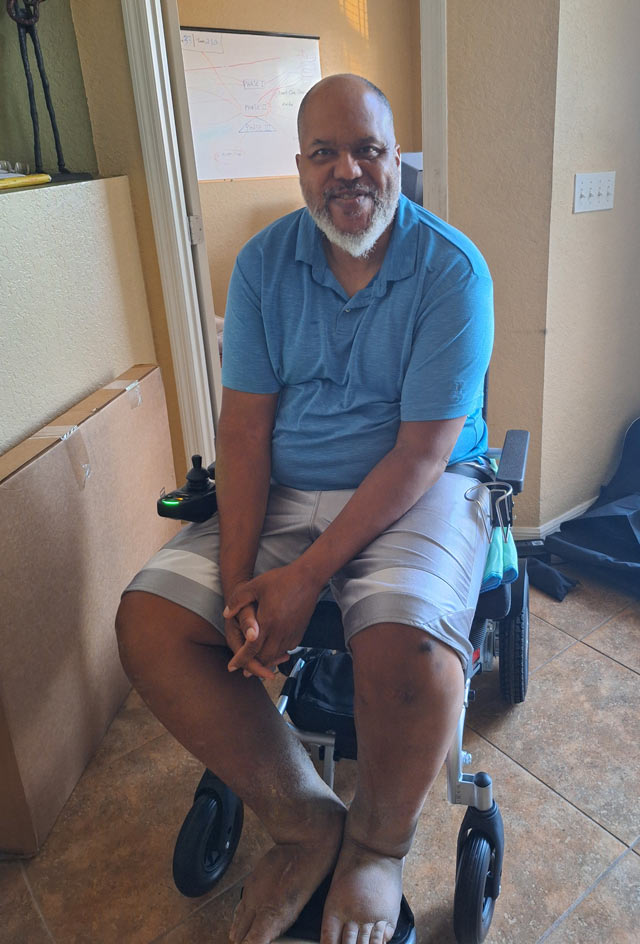Experiencing the wonder of whale watching is one of life’s great joys. As someone living with Primary Progressive Multiple Sclerosis (PPMS) and relying on a motorized wheelchair for mobility, I understand how daunting it can feel to plan an outdoor adventure. But let me tell you: whale watching for people with disabilities is not only possible but also incredibly rewarding. With a little preparation and the right resources, you can enjoy this magical experience to its fullest.
Key Takeaways
- Prioritizing accessibility demonstrates respect for all customers and fosters a more inclusive and welcoming environment for everyone.
- Research tour operators, inquire about accessibility features, and read reviews from other travelers with disabilities.
- Consider factors like your comfort level with boat travel, pack essential supplies like medications and sunscreen, and dress appropriately for the weather.
- Be prepared to encounter a variety of marine life, including humpback whales, dolphins, and sea turtles.
- Sharing your experiences and providing feedback can help improve accessibility for future whale watchers with disabilities.
Why Accessible Whale Watching Matters for DisSableD People and Others
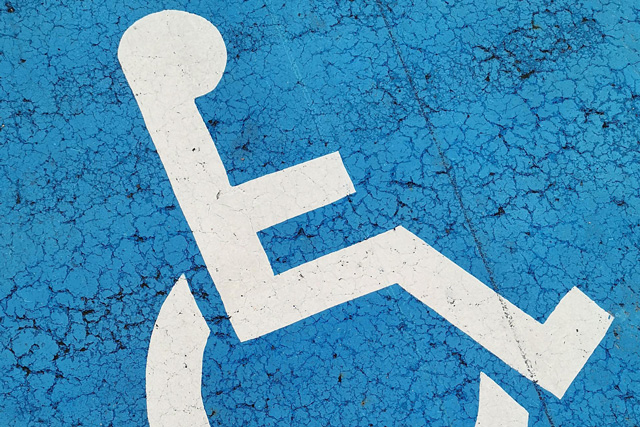
Accessibility is more than just a convenience—it’s a right that ensures everyone, regardless of ability, can participate fully in experiences like whale watching. For those of us with mobility challenges, the opportunity to connect with nature is essential for mental well-being and offers a profound sense of inclusion. Whale watching for people with disabilities brings the gentle rhythm of the ocean, the excitement of spotting a whale breach, and the joy of sharing these moments with friends and family. These are experiences that should be available to everyone!
However, whale watching for people with disabilities can often bring barriers like inaccessible boats, limited seating options, or lack of proper assistance can make these moments feel out of reach. This is why it’s so important for tour operators to consider accessibility in their services. Features like ramps, wide entryways, and staff trained to assist passengers with disabilities make a world of difference.
It’s also about respect. When a tour operator takes the time to ensure their services are accessible, it sends a powerful message that they value all customers equally, including whale watching for people with disabilities. This fosters trust and builds a stronger connection with the community, encouraging repeat visitors and positive word-of-mouth recommendations.
Let’s not forget that accessibility doesn’t just benefit whale watching for people with disabilities. Older adults, parents with strollers, and even people recovering from injuries all benefit from thoughtful design and accommodations. By prioritizing accessibility, the whale-watching industry can welcome a more diverse audience and ensure that these majestic encounters with nature are truly for everyone.
Choosing an Accessible Whale Watching Tour
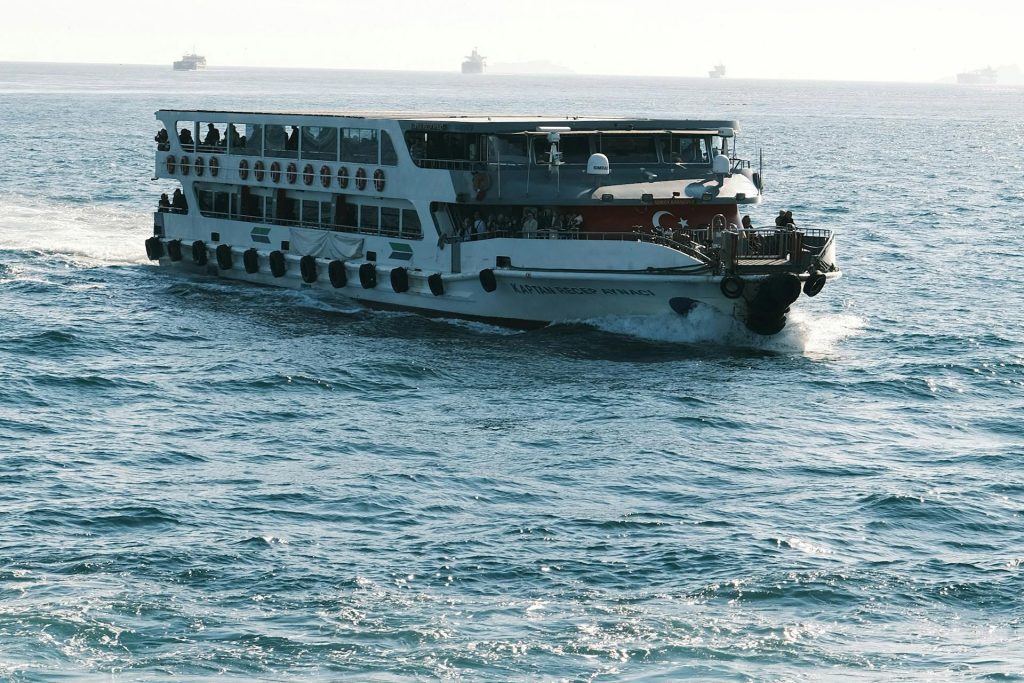
Finding the whale watching tour that’s right for you is a crucial step for anyone, but for those of us with mobility challenges, it takes a bit of extra research and planning. Over the years, I’ve learned some key tips for ensuring that the tour you choose will meet your needs and make your experience as enjoyable and stress-free as possible.
Do Your Research
Start by looking for companies that explicitly mention accessibility in their services. Many reputable whale-watching tours in Maui and beyond provide detailed information about their accommodations, including whether their boats are wheelchair-accessible, how boarding works, and if their restrooms are ADA-compliant. A quick phone call or email can also help clarify any uncertainties.
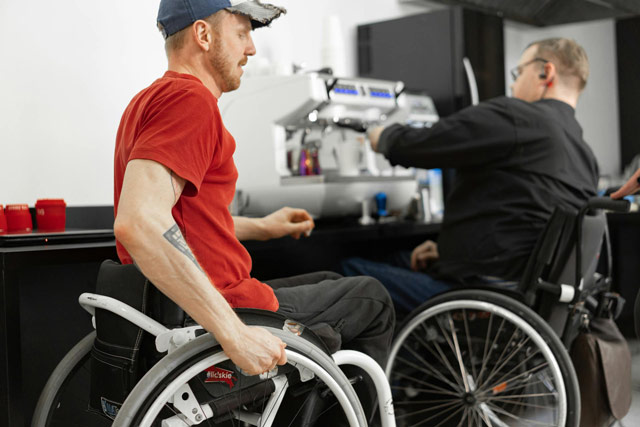
Check for Accessible Features
When choosing a tour, it’s important to ensure the boat has features like ramps, lifts, or wide entryways that can accommodate wheelchairs. Some operators also have designated seating areas with unobstructed views, so whale watching for people with disabilities won’t miss a single tail slap or breach.
Ask About Assistance
A good company that fosters whale watching for people with disabilities will have trained staff ready to assist passengers with disabilities. Whether it’s helping you board the boat, positioning your wheelchair securely, or ensuring you have access to refreshments and restrooms, attentive and well-trained staff can make all the difference. Don’t hesitate to ask about their experience and training regarding whale watching for people with disabilities.
Consider Tour Duration and Conditions
Some tours last a few hours and venture far offshore, while others are shorter and stay closer to land. Choose a tour length that matches your comfort level, especially if you might find extended periods of sitting or choppy waters challenging. If possible, look for boats with shaded areas or indoor cabins to shield you from the sun or wind.
Pro Tip!
Book your tour during less busy times if possible. A less crowded boat means more space to maneuver, a quieter atmosphere, and a more personalized experience.
Accessibility Beyond the Boat
Accessibility doesn’t stop at the boat. Check the tour operator’s parking situation, pathways to the dock, and waiting areas. Look for smooth surfaces and ramps, as uneven terrain can be a hassle. Having accessible restrooms near the dock is another bonus.
Pro Tip!
Try using Google Maps in satellite view or in street view to get a basic idea of the general terrain and parking facilities.
Customer Reviews and Testimonials
One of the most reliable ways to find a good tour with whale watching for people with disabilities is by reading reviews from other disabled travelers. Search for feedback that highlights accessibility features for whale watching for people with disabilities, and the responsiveness of staff. Real-life experiences often provide insights that brochures and websites don’t cover.
Pro Tip!
If you find an operator that goes above and beyond to make their tours accessible, let others know! Writing a review or sharing your experience online helps other travelers with disabilities and encourages businesses to keep prioritizing accessibility.
Choosing the right tour can make or break your whale-watching adventure, but with a bit of preparation, you can ensure a safe, comfortable, and unforgettable experience.
Accessible Whale Watching Tours in Maui
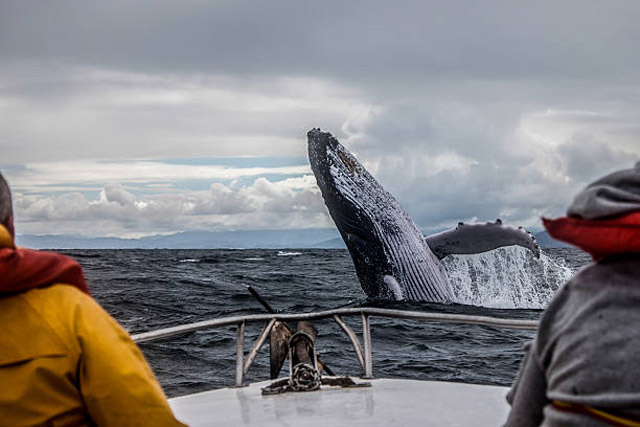
Maui is home to a number of whale-watching tour operators, and while not all are fully accessible, a few stand out for their dedication to accommodating passengers with disabilities. Here are some options to consider when planning your trip:
- Maui Ocean Center Whale Watch Cruises
Maui Ocean Center is renowned for its commitment to education and conservation. Their whale watching cruises often feature accessible features, such as ramps for boarding, wider walkways on the vessel, and designated areas for wheelchair users. Their experienced crew is trained to assist passengers with disabilities and ensure a comfortable and enjoyable experience.- Accessibility Highlights:
- Ramps for easier boarding and disembarking.
- Wider walkways and designated areas for wheelchair users.
- Trained staff to assist with boarding, seating, and other needs.
- Accessibility Highlights:
- Pacific Whale Foundation: This non-profit organization is a leader in marine research and education. Their whale watching tours prioritize sustainability and inclusivity. While accessibility features may vary depending on the specific vessel, Pacific Whale Foundation strives to accommodate whale watching for people with disabilities to the best of their ability.
- Accessibility Highlights:
- Commitment to inclusivity and accessibility for all passengers.
- Staff trained to assist passengers with disabilities.
- Focus on education and raising awareness about marine conservation.
- Accessibility Highlights:
- Trilogy Excursions: Trilogy Excursions offers a variety of whale watching tours, including some specifically with whale watching for people with disabilities in mind. They work closely with passengers to understand their individual needs and strive to provide a comfortable and enjoyable experience for all.
- Accessibility Highlights:
- Focus on accommodating passengers with diverse needs.
- Willingness to work with passengers to ensure a positive experience.
- Commitment to providing a safe and enjoyable experience for all.
- Accessibility Highlights:
- Four Winds Maui: Four Winds Maui offers a variety of boat tours, including whale watching excursions. They prioritize passenger comfort and safety and strive to accommodate whale watching for people with disabilities to the best of their ability. While specific accessibility features may vary, their friendly and experienced crew is always willing to assist passengers with any special needs.
- Accessibility Highlights:
- Commitment to passenger comfort and safety.
- Willingness to assist passengers with disabilities.
- Friendly and experienced crew.
- Accessibility Highlights:
Pro Tip!
It is always recommended to contact the tour operator directly in advance to discuss your specific accessibility needs and inquire about any available accommodations.
Preparing for Your Adventure
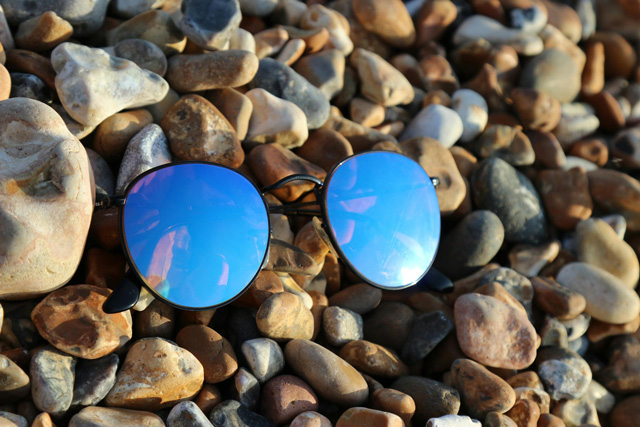
Dress for Comfort and Safety
Being on the water can get chilly, even in summer. Layers are your best friend! Waterproof gear is also a must, especially if you’re in a wheelchair that could be damaged by water.
Plan for Mobility Needs
If your motorized wheelchair isn’t suitable for the boat, consider using a lightweight manual wheelchair for the trip. Some tour operators that try to accommodate whale watching for people with disabilities even have loaner wheelchairs available—just be sure to check in advance.
Bring Essential Supplies
- Medications: Pack them in a waterproof bag.
- Sun protection: Hats, sunglasses, and sunscreen are vital.
- Snacks and water: While most tours provide refreshments, it’s always good to have your own.
Pro Tip!
Arrive early to secure the most accessible seating and familiarize yourself with the boat’s layout.
What You’ll See
Maui’s waters are teeming with marine life, making every whale watching adventure unique and exciting. Here are the incredible species you might encounter:
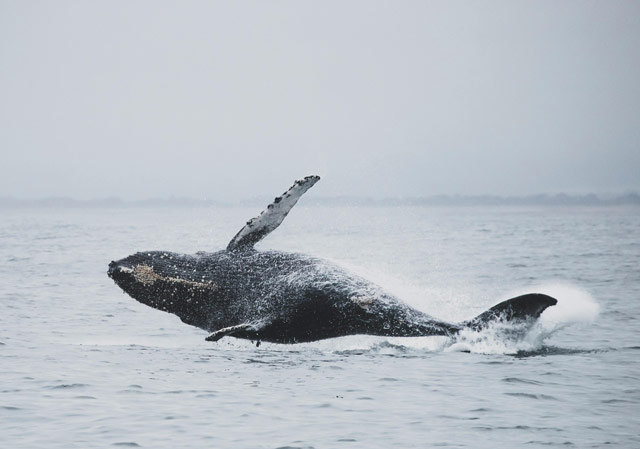
Humpback Whales
Humpbacks are the stars of many whale-watching tours. Known for their acrobatic breaches and long, haunting songs, these whales are a joy to witness. Keep your camera ready—humpbacks are known to slap their tails and flippers, offering a spectacular display.
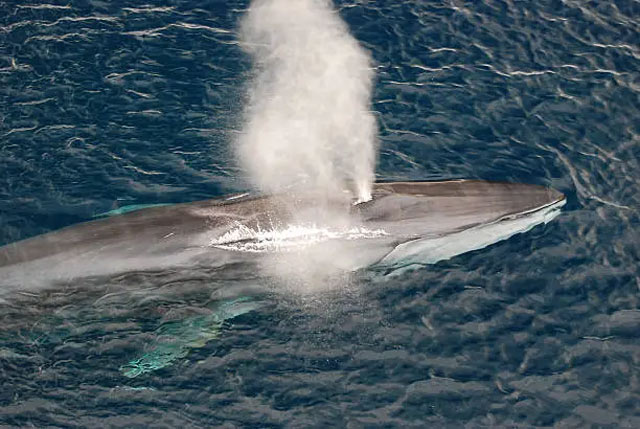
Fin Whales
These sleek, fast swimmers are the second-largest whales in the world. They’re not often seen in Maui’s waters. Their sheer size and speed make them awe-inspiring to watch.
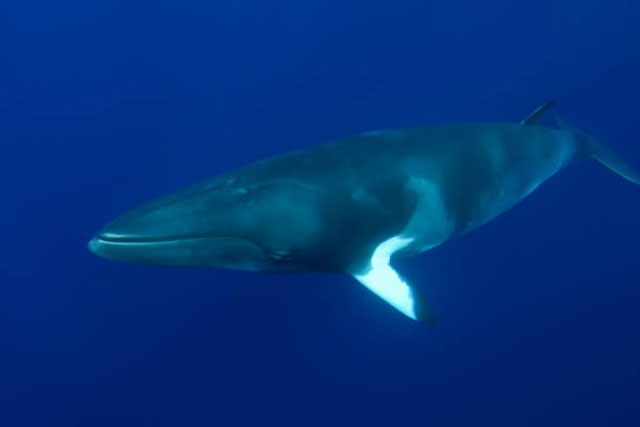
Minke Whales
The second smallest baleen whale on the planet, minke whales can be a delightful surprise for Maui whale watchers. They’re recognizable because of their slender bodies, pointed snout, and the white band on their pectoral fins.
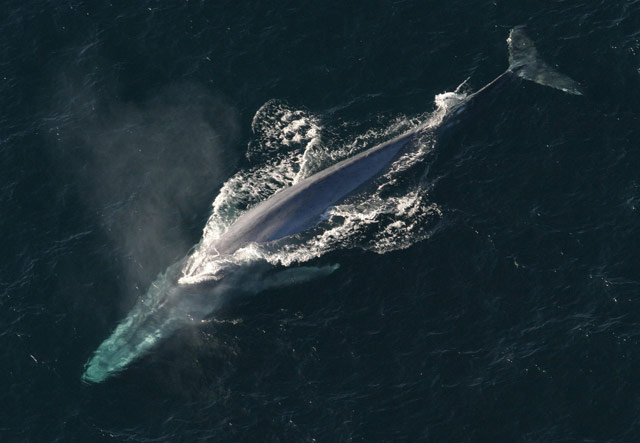
Blue Whales
As the largest animals on Earth, blue whales are an unforgettable sight. Although they are rare to see during whale watching tours in Maui, lucky whale watchers may spot these giants during their migrations. Their majestic size and the immense spouts they release are breathtaking to behold.
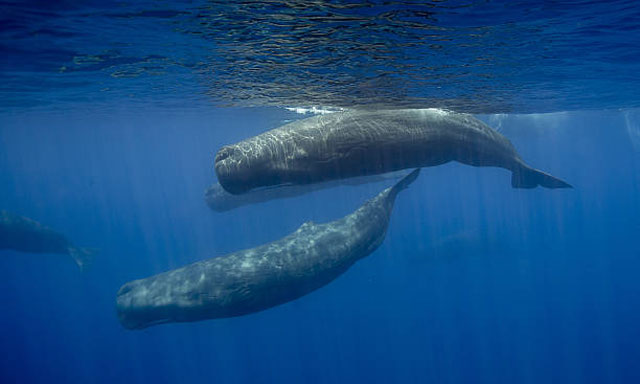
Sperm Whales
Sperm whales, the deep-diving champions of the ocean, occasionally visit Maui’s waters. Recognizable by their large, block-shaped heads, these whales are fascinating to learn about.
Fun Fact!
Sperm whales have the largest brain of any animal on Earth!
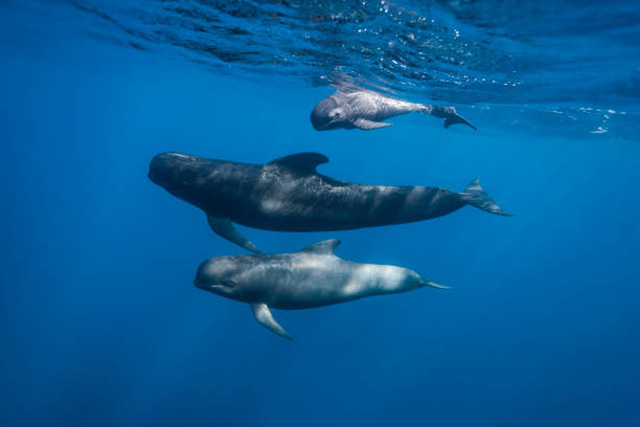
Pilot Whales
These highly social creatures often travel in pods and are known for their playful nature. While technically a species of dolphin, their larger size and distinct bulbous heads often lead to them being mistaken for small whales. Encountering a pod of pilot whales is a lively and memorable experience.
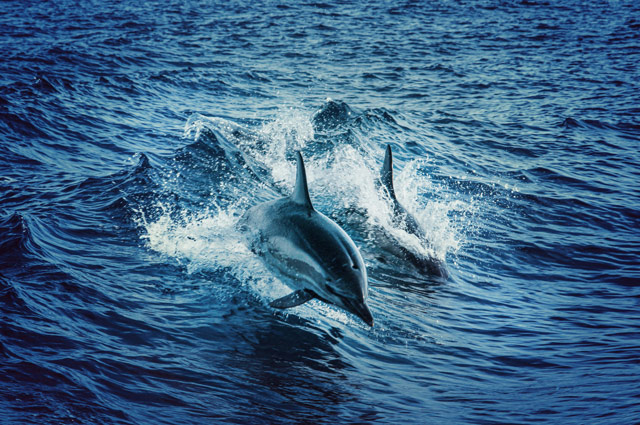
Dolphins and More
Maui’s whale-watching tours frequently include sightings of playful dolphins, sea turtles, and various seabirds. Pods of dolphins often race alongside the boat, delighting passengers with their energetic leaps and spins.
With such a diverse array of species, every trip offers something new and unforgettable. Whether you’re catching sight of a breaching humpback or the sleek silhouette of a fin whale, Maui’s waters promise an adventure like no other.
Fun Fact!
Dolphins love to ride the waves created by boats. Watching them play is a delightful bonus.
Land-Based Whale Watching for People with Disabilities
If a boat tour isn’t an option, don’t worry—land-based whale watching for people with disabilities can be just as thrilling. Maui offers several ADA-compliant viewing spots with ramps and smooth paths, providing accessible vantage points to witness the majesty of whales.
Here are a couple of excellent options:
- Makena State Park: This scenic park boasts a paved path leading to Pu’u Ola’i (Little Beach), offering stunning ocean views. The park provides accessible restrooms and parking, making it a convenient spot for whale watching for people with disabilities.
- Ho’okipa Beach Park: Known for its world-class windsurfing conditions, Ho’okipa also offers excellent opportunities for land-based whale watching for people with disabilities. The park features paved walkways and accessible restrooms, ensuring a comfortable viewing experience.
Bring a good pair of binoculars to get a closer look at these majestic creatures, and you’ll feel like you’re right there with the whales.
Fun Fact!
Did you know whales can be spotted from shore when they breach or spout? It’s a spectacular sight, even from a distance.
Tips for a Memorable Experience

Embrace Flexibility
Weather and wildlife don’t follow a schedule. Some days you might see fewer whales, but the experience of being out on the water is always worthwhile. Remember to go with the flow and enjoy the journey. This is especially important for whale watching for people with disabilities, as flexibility can ensure a more comfortable and enjoyable experience.
Connect with Fellow Travelers
Sharing stories with other passengers adds to the fun. You’ll often find a community of nature lovers eager to chat and share tips. Connecting with others can also be a valuable aspect of whale watching for people with disabilities, fostering a sense of camaraderie and shared enjoyment.
Bring the Right Gear
Comfortable clothing in layers is essential, as ocean conditions can change quickly. Don’t forget sunscreen, a hat, and sunglasses to protect yourself from the sun. Motion sickness medication is also a good idea for those prone to seasickness.
Capture the Moment
Bring your camera (or phone) to capture the incredible sights and sounds of the whales. Don’t forget to take some time to simply soak in the experience and create lasting memories.
Pro Tip!
If you use a hearing aid, consider bringing a portable amplifier to hear the guide’s commentary more clearly over the boat’s engine noise.
Advocating for More Accessibility
One thing I’ve learned is that we need to speak up to create change. When you choose accessible operators and share your experiences—good or bad—you’re helping to make whale watching more inclusive for everyone. Your voice matters, and together we can ensure that no one is left onshore when adventure calls.
Final Thoughts
Whale watching for people with disabilities is an experience like no other, and being in a wheelchair shouldn’t stop you from enjoying it. With the right planning, the beauty of Maui’s waters and its amazing whales are accessible to everyone. So go ahead, take the plunge, and create memories that will last a lifetime. I can’t wait to hear about your adventure!
